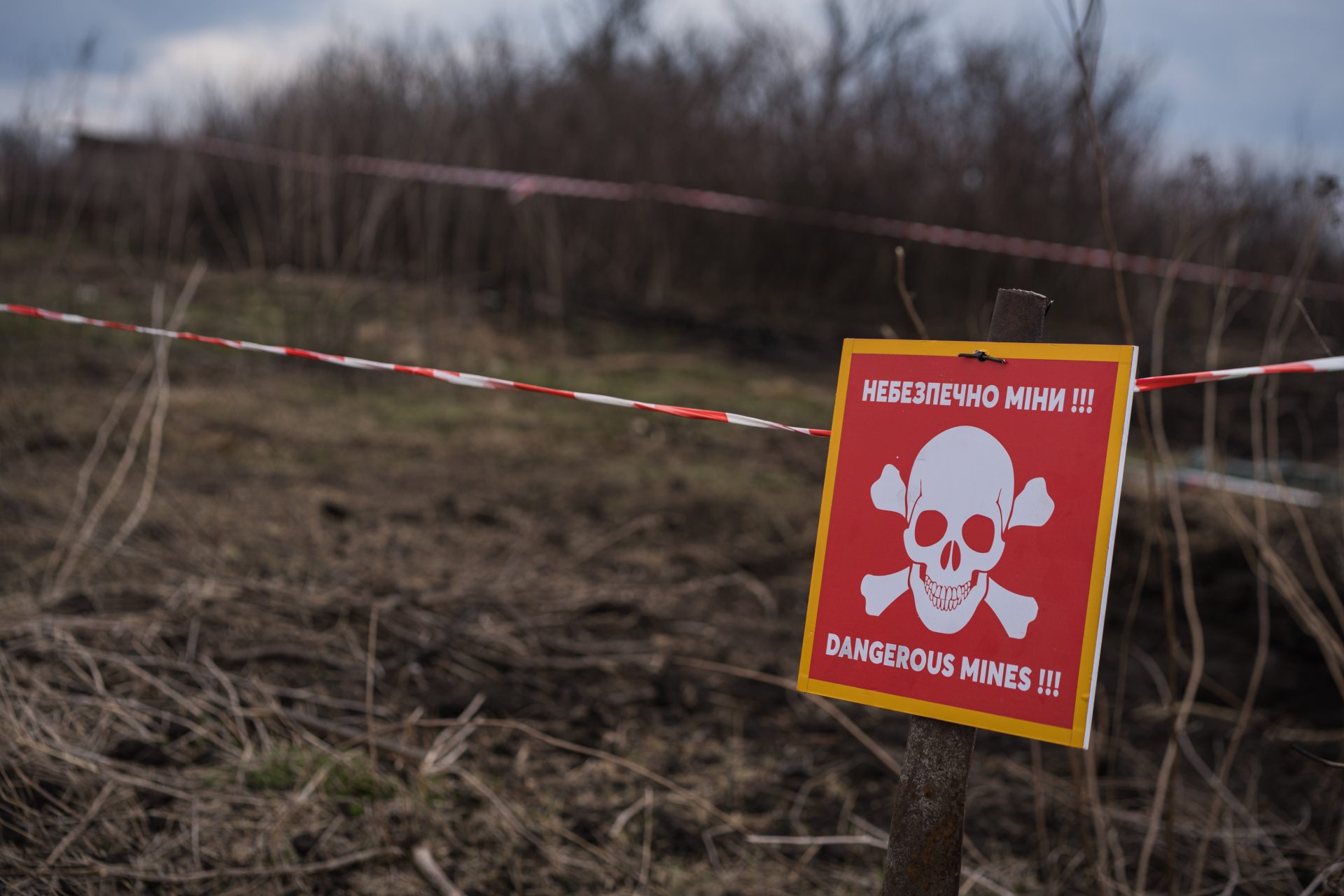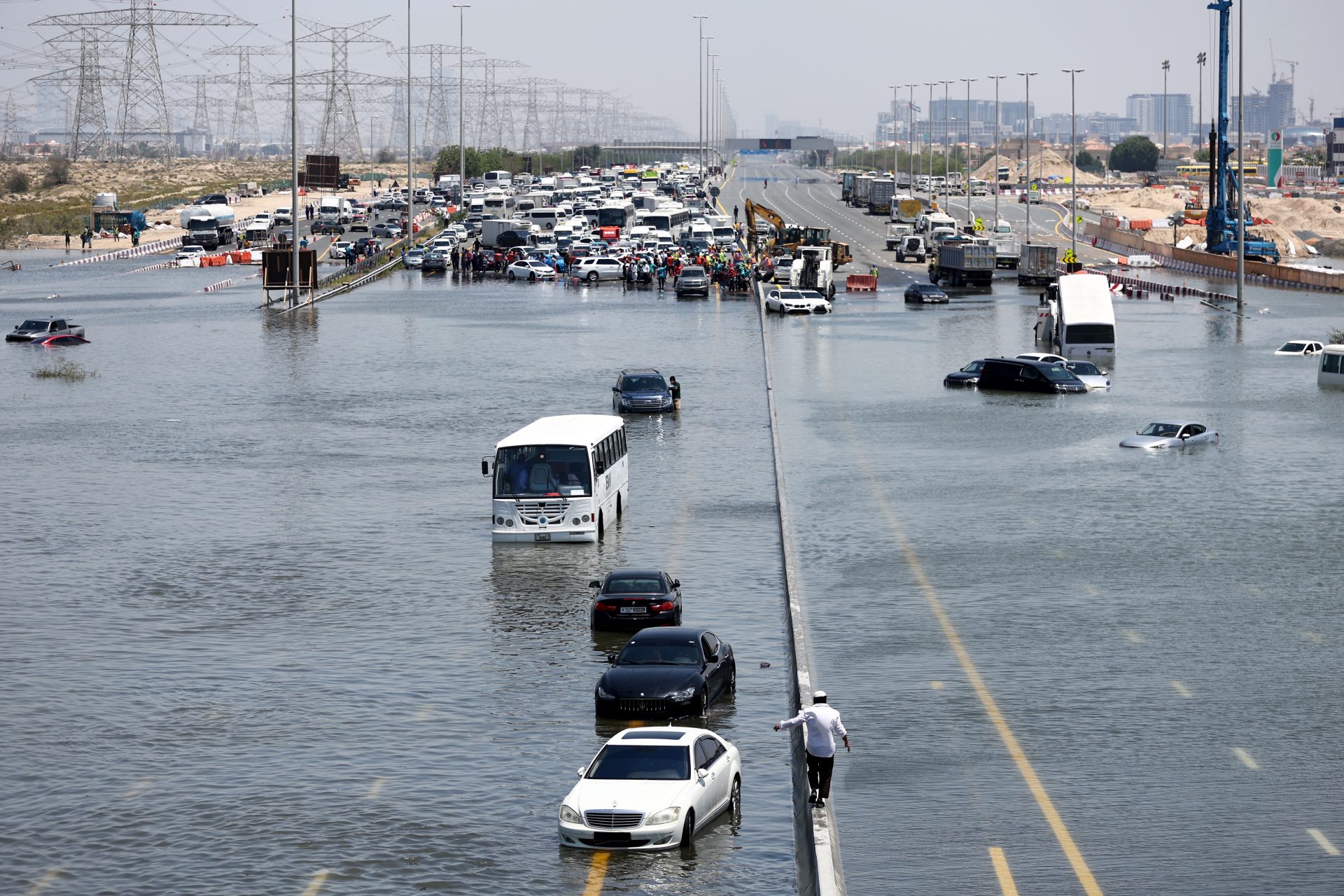Is it possible to escape a nuclear explosion?
If we imagine what we would do if faced with the possibility of a nuclear attack, the question always arises: how would we escape? And at what distance would we be safe?
It's unlikely we'd have time to escape, but have you ever wondered what the range of a nuclear bomb's blast is? According to Wikipedia, the "blast radius" would be tens to hundred of kilometers. However, much more precise calculations are possible.
A video from AsapSCIENCE, a YouTube channel with popular science content, uses a model of a 1-megaton bomb (more powerful than the Hiroshima bomb but weaker than many of the current ones) to show various consequences of a nuclear explosion.
What would happen to us if there was such an attack, and how would it affect us depending on how far we are from the blast's epicenter?
The brightness of a 1-megaton nuclear bomb would cause temporary blindness called "flash blindness" at a distance of up to 13 miles (21 km) if the bomb were dropped during the day.
If the bomb was dropped at night, flash blindness would occur at a distance of up to 81 km (50 miles), according to the AsapSCIENCE analysis.
Anyone less than 6.2 miles (10 km) from the epicenter of the 1-megaton nuclear explosion would suffer severe third-degree burns. Between 6.2 and 6.8 miles (10-11km), second-degree burns would occur. And from 6.8 miles (11 km), first-degree burns may occur.
How severe the bomb burns would depend on the clothing worn during the explosion. White clothing serves as a kind of "shield" and is better than black, which absorbs energy and makes burns worse.
In addition, a nuclear bomb creates an ambient pressure that destroys objects. Within a radius of about 3.7 miles (6 km) from the epicenter, this released force can bring down entire buildings like houses of cards. In Hiroshima, this devastating consequence was very clearly shown.
Add to that the radioactive fallout that would follow the blast and would spread cancer-causing diseases up to 100 miles away.
Image: Devon Janse van Rensburg
Unless we were protected in a bunker, with a very solid interior, or extremely lucky, the chance of surviving a one-megaton nuclear explosion (within a 10-km/6 mile radius) would be very slim.
However, the calculations mentioned were made with a 1-megaton bomb in mind, but far stronger bombs exist. In 1963 Russia tested the so-called Tsar Bomb in the Arctic Ocean. A 50-megaton bomb. A replica is shown in the picture.
Photo by User: Croquant with modifications by User:Hex - Own work, CC BY-SA 3.0
Another possibility we have to consider when we think about modern nuclear war is the use of "tactical nuclear weapons," which have a shorter range and are less powerful.
The Ukrainian government is very concerned that Russia could begin to use this type of weapon in the country. Russia is known to have quite a few of these kinds of nuclear weapons, which according to CNN, have a yield of 15 to 20 kilotons.
Pictured: Russian OTR-21 Tochka missile. Capable of firing a 100 kiloton nuclear warhead a distance of 114 miles/185 km.
Photo by Gulustan - Own work, CC BY-SA 3.0
According to an article published in The Conversation by professors Robert K. Niven, Chi-Rey Lee, Dazuh Mohotti, and Pablo Hazell, engineers at Australia's University of New South Wales, a 15-megaton bomb would cause a 100-meter-wide fireball (328 feet). In this radius, survival would be next to impossible.
The destruction from the pressure and winds created after such a nuclear blast would reach a mile radius, according to the University of New South Wales professors.
The study, published by The Conversation, estimates that those who are 0.6 of a mile from the epicenter have three seconds to flee the blast. Three miles from the explosion's epicenter gives one 15 seconds or even a little less time to escape.
Image: Tina Rataj-Berard/Unsplash
One of these tactical nuclear weapons would cause radioactive fallout within a 15.5 mile (25km) radius.
Image: PAN XIAOZHEN / Unsplash
But whether it's a giant bomb or a small one, the truth is that even if one survives the initial blast, it doesn't mean you are in the clear. The possibility that the radiation has entered our bodies and doomed us to some kind of cancer will always be there.
Image: Dan Meyers/Unsplash
As the population knew during the Cold War, only a good anti-nuclear bunker can save us from the consequences of a bomb. Provided there is a timely warning.
We can only hope that the world leaders with access to these devastating weapons never use them. It is undeniable that using nuclear weapons would set in motion a catastrophic chain reaction that could lead to the near-total destruction of humanity.
Image: Lukas Jernejcic/Unsplash
More for you
Top Stories


































